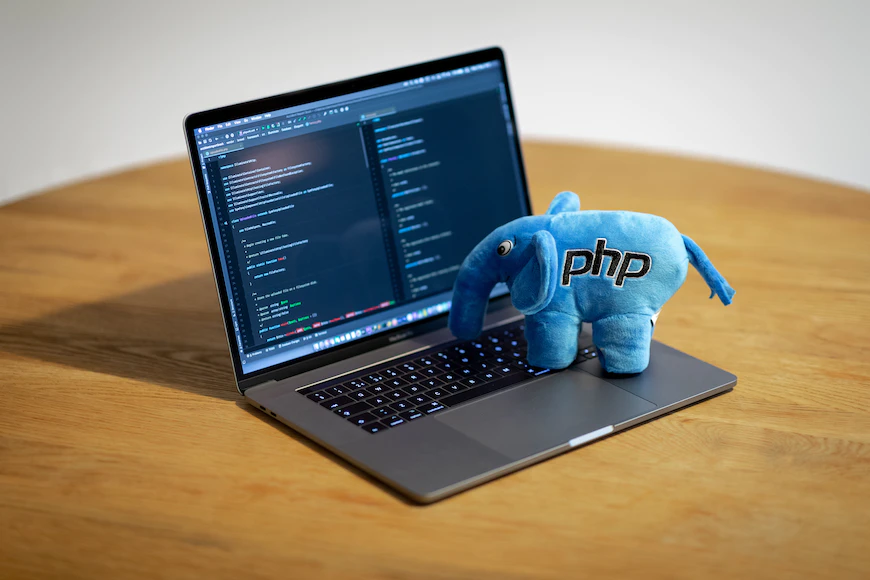
In the ever-expanding digital landscape, user security remains paramount. As web applications become increasingly sophisticated, the importance of robust user authentication and authorization mechanisms cannot be overstated.
In this article, we delve into the crucial concepts of authentication and authorization in PHP, exploring how to implement secure user management to safeguard sensitive data and ensure a controlled and safe user experience.
Understanding Authentication And Authorization
Authentication and authorization are two distinct yet interconnected processes that together form the backbone of user security within web applications.
Authentication: Authentication is the process of verifying the identity of a user, ensuring they are who they claim to be. It involves collecting credentials, such as usernames and passwords, and validating them against stored records to grant access to authorized users.
Authorization: Authorization, on the other hand, determines what actions an authenticated user is allowed to perform within the application. It defines the level of access and privileges associated with each user role or group.
Importance Of Secure User Management
Implementing secure user management is paramount for several reasons:
- Protection of Sensitive Data: Given that users frequently accounts house confidential personal details, establishing secure user management becomes paramount in thwarting any unauthorized access or tampering with such information, making a php developer hire an absolute necessity to ensure robust safeguards.
- Prevention of Unauthorized Access: Robust authentication prevents unauthorized users from gaining access to restricted areas of the application.
- Data Integrity: Authorization controls prevent users from tampering with data for which they do not have permission.
- Regulatory Compliance: Many industries have regulations governing user data protection and privacy. Implementing secure user management helps adhere to these regulations.
Implementing Secure User Authentication
- Password Hashing: Store user passwords securely by hashing them using strong cryptographic algorithms such as bcrypt. Hashing adds an additional layer of protection, making it difficult for attackers to reverse-engineer passwords.
- Salting: Combine a unique “salt” with the password before hashing to further increase security. This ensures that even if two users have the same password, their hashed passwords will differ.
- MFA Or Multi-Factor Authentication: The MFA implementation requires users to provide multiple forms of verification, such as a password and a unique code sent to their mobile device.
- Account Lockouts and CAPTCHA: Enforce account lockouts after a certain number of failed login attempts. Implement CAPTCHA to prevent automated brute-force attacks.
Implementing Authorization And Role-Based Access Control
- Role-Based Access Control (RBAC): Implement RBAC to assign users specific roles and permissions. Define roles based on user responsibilities and grant or restrict access accordingly.
- Resource-Based Access Control: Implement finer-grained access control by defining specific permissions for individual resources or actions.
Best Practices For Secure User Management
- Strong Password Policies: Enforce strong password policies, including minimum length, character diversity, and expiration.
- Session Management: Use secure session management techniques to prevent session fixation and session hijacking attacks.
- Data Encryption: Encrypt sensitive user data, both in transit and at rest, using industry-standard encryption algorithms.
- Regular Security Audits: Regular security audits and vulnerability assessments must be conducted to determine and mitigate potential security risks.
Tools And Libraries For Secure User Management
- PHP’s password_hash(): Use PHP’s built-in password_hash() function for secure password hashing.
- PHP’s password_verify(): Employ password_verify() to verify hashed passwords during the authentication process.
- Libraries like Laravel’s Sanctum: Utilize frameworks and libraries like Laravel’s Sanctum for simplified authentication and session management.
Conclusion
In the era of digital transformation, user security is a non-negotiable aspect of web application development. The implementation of secure user authentication and authorization mechanisms is the cornerstone of protecting sensitive data, preventing unauthorized access, and maintaining data integrity.
By adopting best practices, leveraging cryptographic techniques, and utilizing dedicated tools and libraries, developers can ensure that their PHP-based applications provide a robust and secure user management experience.
In a world where data breaches and cyberattacks continue to make headlines, prioritizing secure user management is not just a recommendation—it’s a necessity for any application that values user trust and data privacy.






